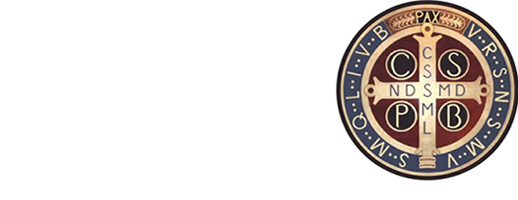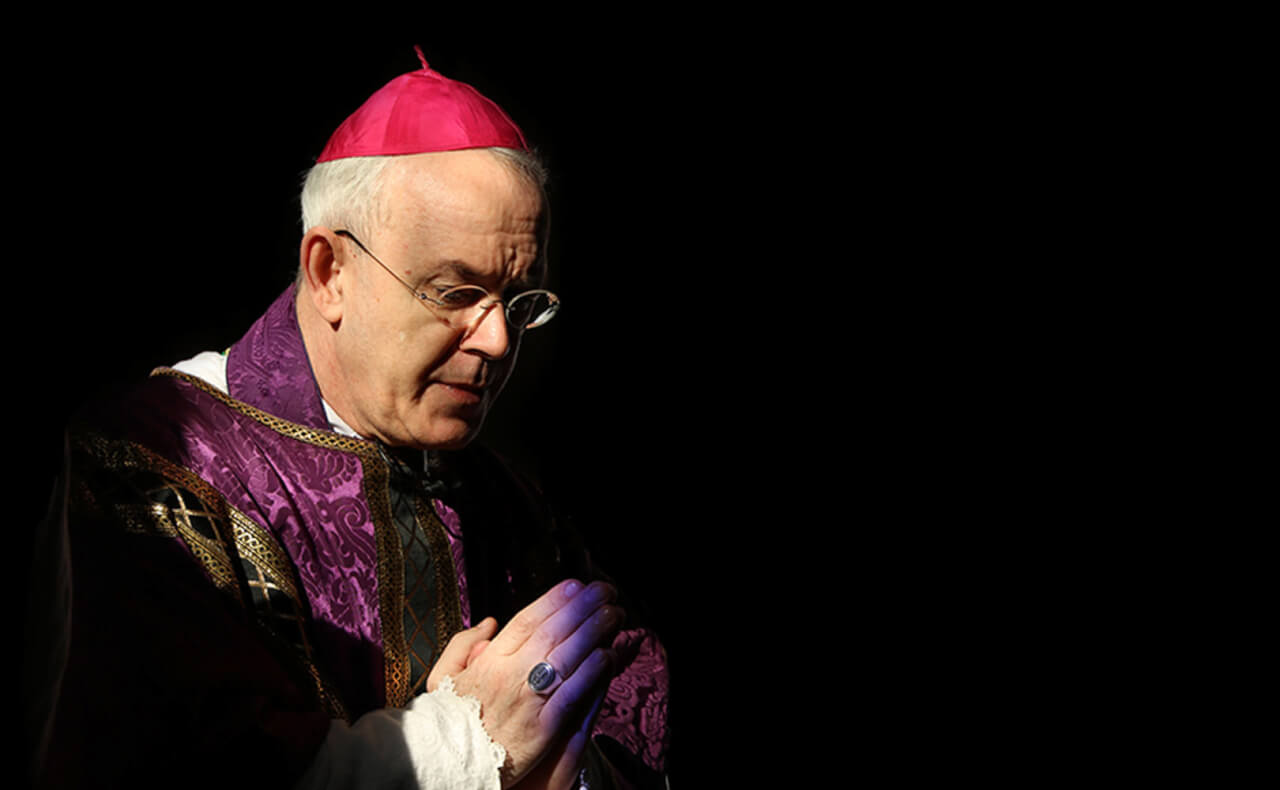Defeating Modernism
The Ancient Serpent had oft-times crawled into the sacred precincts of Holy Church since his first entry. However, this time his havoc would strike a thousand blows to the Mystical Body of Christ. St. Pope Pius X named the serpent: Modernism. – Fr. John Perricone Another apt picture of modernism is a peaceful lake inlet […]



The Ancient Serpent had oft-times crawled into the sacred precincts of Holy Church since his first entry. However, this time his havoc would strike a thousand blows to the Mystical Body of Christ. St. Pope Pius X named the serpent: Modernism. – Fr. John Perricone
Another apt picture of modernism is a peaceful lake inlet that looks beautiful, but just below the surface many water moccasins lie. These vipers can strike their prey with enough venom to bring about the kill. Their small, black heads often appear on the surface of the water, giving warning only to the attentive. Unfortunately, when the vipers are not seen, the victim enters the water and sustains several bites until the lethal dosage is reached. Similarly, in the modernist heresy, it is often one false idea among many that dispenses the lethal dosage.
Pope St. Pius X coined the term “modernism” and identified it as so deadly that he called it the “synthesis of all heresies.” Unfortunately, modernism has returned in our day. We must defeat it with the anti-toxin of truth: Sacred Scripture and the Catechism.
The best definition of the heresy in my view is from Fr. Sebastian Walshe: for modernists all theology is revisable. If no truth is immutable, then all dogmas can be changed. Modernists believe dogma, and all truths, are subject to change and must change due to evolutionary forces.
Some modernists propose that even the belief in the divinity of Christ came about through evolutionary change (see O’Connell, 1995, Critics on Trial). If Christ’s divinity is made up, or just a product of man’s evolutionary attachment to the religious conscious, then Scripture must merely be the word of man, a great poem, “a human work, made by men for men” (O’Connell). If perhaps the two most central teachings of Christianity have the human imagination to thank for their origins, then modernism quickly and with certainty discards the supernatural character of Christianity in its entirety—the realty of sacraments, the efficacy of prayer, all of it.
In his work to defend the Faith against modernism, Michael Davies underscores that the heresy is dangerous “because it destroys any basis for belief in a supernatural world, whereas previous heresies had restricted themselves to denying one or more tenets of the Catholic faith.” When the modernist denies the resurrection of Christ, the Virgin Birth, and the moral teaching of the Church, they have rejected the power of God and the supernatural dimension of the Faith.
Wilfrid Ward, an English thinker and biographer, a contemporary during the first modernist heresy period, dissected modernism as “a body of thought . . . the root principle [of which] . . . is subjectivism in religion—the identification of religion with sentiment or emotion rather than with belief in objective truth.” Removing objective truth from our basis and understanding of religion, however, is nonsensical, which led accomplished novelist and wife of Wilfrid, Josephine Ward to observe that, essentially, modernism was a loosely knit rebellion against the legitimate authority of the Church with a “spirit, tone and temper of mind [that] had become unmistakably mutinous.”
Pope St. Pius X saw that modernism cut at the very root of the Faith, not just at one branch of doctrine, as previous heresies did. He understood that subjectivism was now the core philosophy at work in this “synthesis of all heresies.”
When modernism hatched in the late nineteenth century, it first spread its poison throughout Europe. When Pope St. Pius X saw the growing danger, he fought back through his syllabus condemning the errors of the modernists: Lamentabili Sane, his encyclical Pascendi Dominici Gregis, and through his oath—Sacrorum Antistitum. In these works, he condemned the heresy inherent to modernist beliefs and urged its following back into the flock of the Lord. Though Pope St. Pius X’s writing and reforms did bring back many, in the late 1970s, Pope Paul VI decided to ease Pius X’s reforms, and there was a resurgence of the movement. Sadly, as we can see, the erroneous ideas of modernism have made a massive comeback in our day.
In light of the growing confusion on doctrine in the Church today, Cardinal Gerhard Mueller, who served as head of the Congregation for the Doctrine of the Faith, wrote a dynamic “manifesto of faith,” at the request of the faithful to “make a public testimony about the truth of revelation [because] many Christians are no longer even aware of the basic teachings of the Faith, so there is a growing danger of missing the path to eternal life.” Since modernism has returned, this manifesto is needed now to set forth what the Church has always taught.
We have seen clearly the surge of heretical beliefs regarding marriage, including a new ethics on cohabitation, homosexual relationships, and divorce. Though some modernists believe that divorce is the greatest thing to ever happen to marriage, Trent Horn interestingly calls out false statistics that have been used to undermine the strength of sacramental marriage:
According to the National Center for Family & Marriage Research, the median length of all marriages is not 7-8 years, which is the length of marriages that end in divorce, not all marriages. The median for all marriages is 21 years . . . And the divorce rate is closer to 35% not 50%. 50% was a future projection from the 80’s that has since been falsified. In fact, we are now seeing the lowest divorce rates since 1970, about 14 divorces per 1000 married women. For weekly church goers, the divorce rate is half the average rate.
Despite decades of emphasis on numerous sins against marriage, Christian marriages remain distinct. Yes, we are fallen beings that suffer and cause suffering, but God’s powerful grace still shines through our brokenness.
Blessedly, we have the tools to fight against modernist error. Scripture and the Catechism are effective means of overcoming falsehoods. They are the anti-toxin for our age which is adrift in a sea of lies. The word of God says:
All Scripture is inspired by God and profitable for teaching, for reproof, for correction, and for training in righteousness, that the man of God may be complete, equipped for every good work. (2 Tim. 3:16-17)
When we encounter a notion about sexual morality or theology that might be new to us, we can let the divine light of Scripture shine on it and see if it is in opposition or agreement with God’s Word. Remember that the early modernists often wrote in language that sounded very Catholic, but this camouflaged their ideas which were in fact antithetical to the Faith. Theological and moral teaching must be evaluated with the Catechism on hand. Thank God that He gave us His Word and the Catechism to greatly help us in these confusing times.
May we wield the sword of the Spirit which is the word of God to defeat these disguised heresies with the truth (Eph. 6:17) and assist others in charity to recognize and reject them too!
Image from Wikimedia Commons














